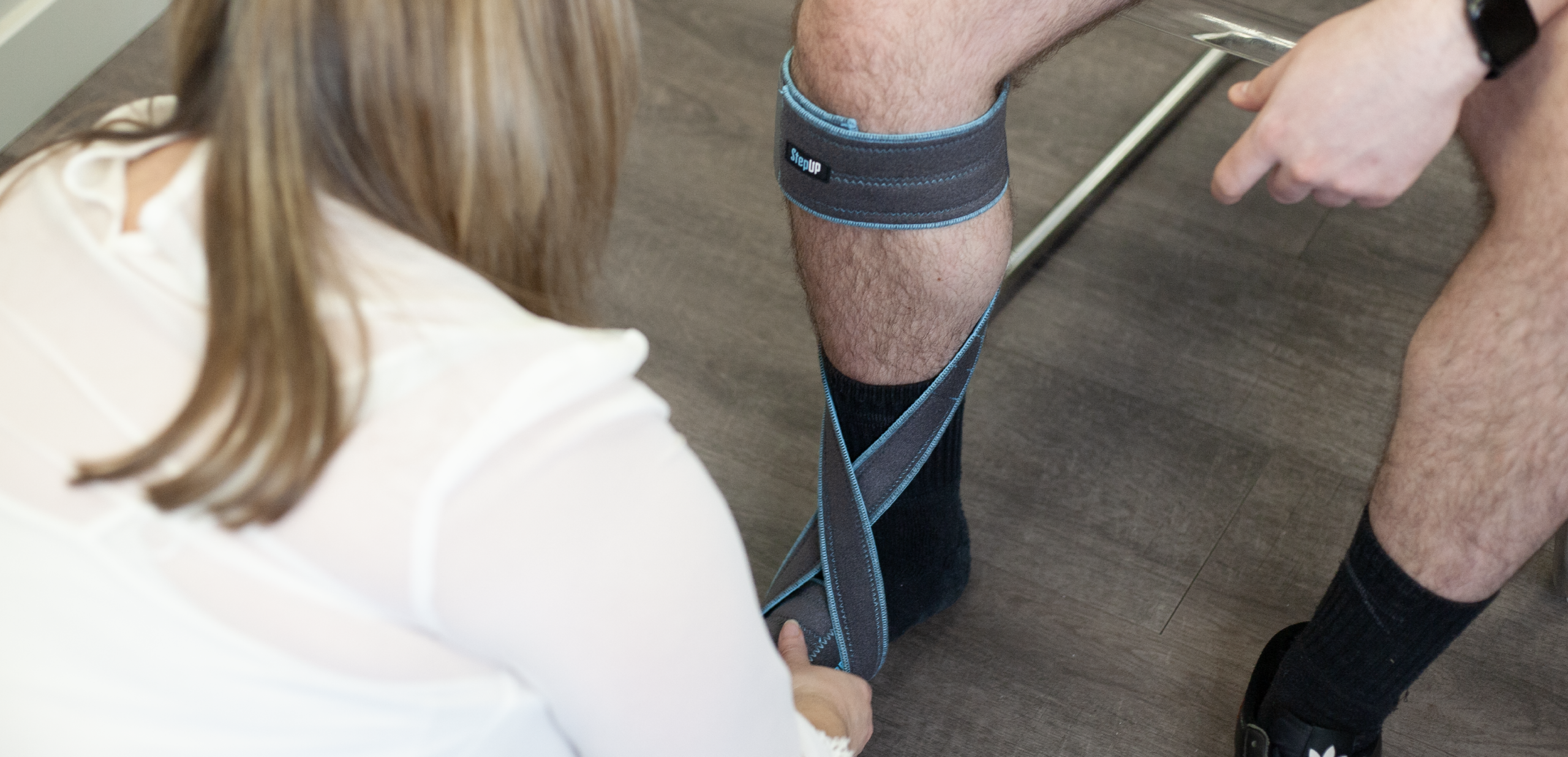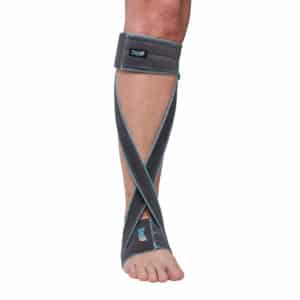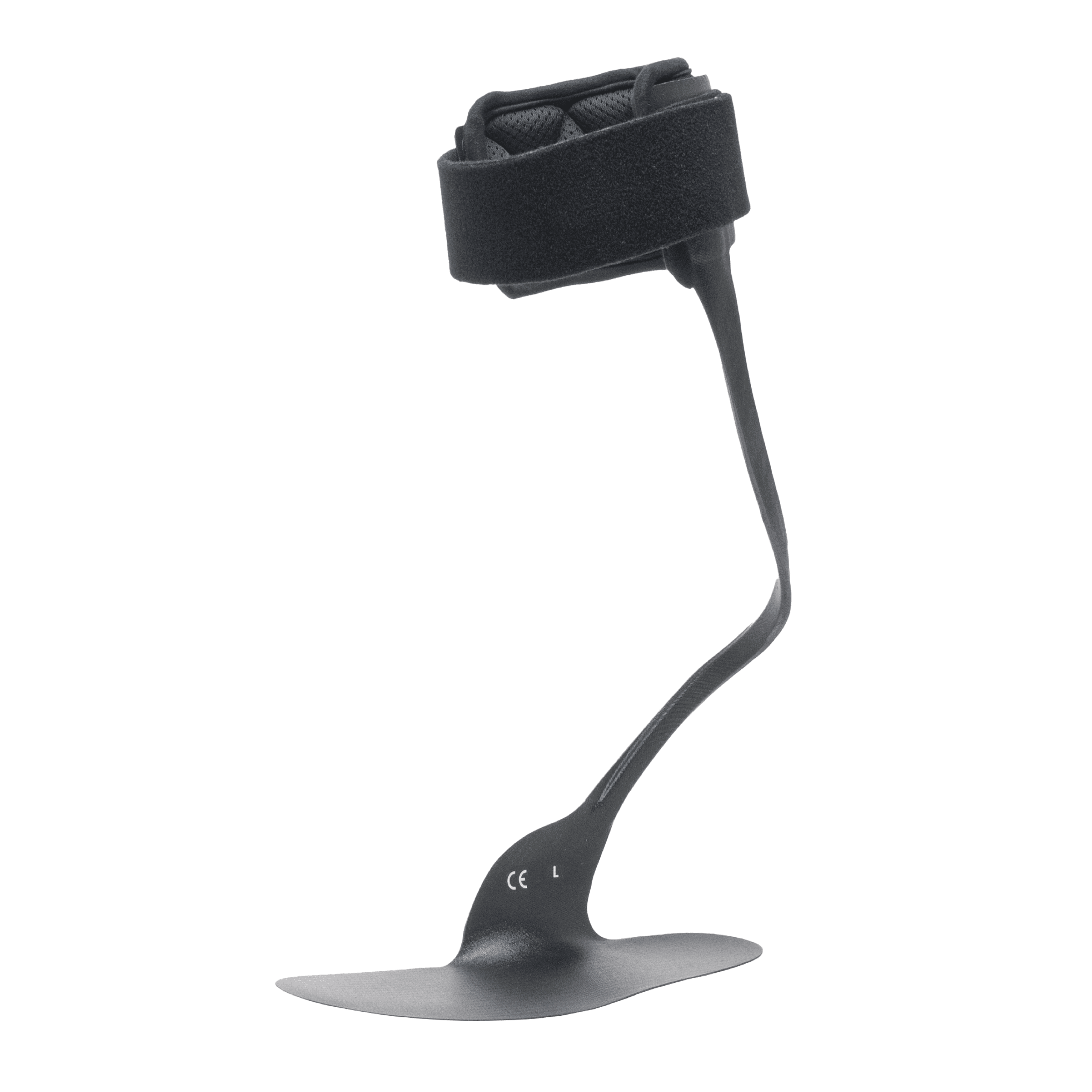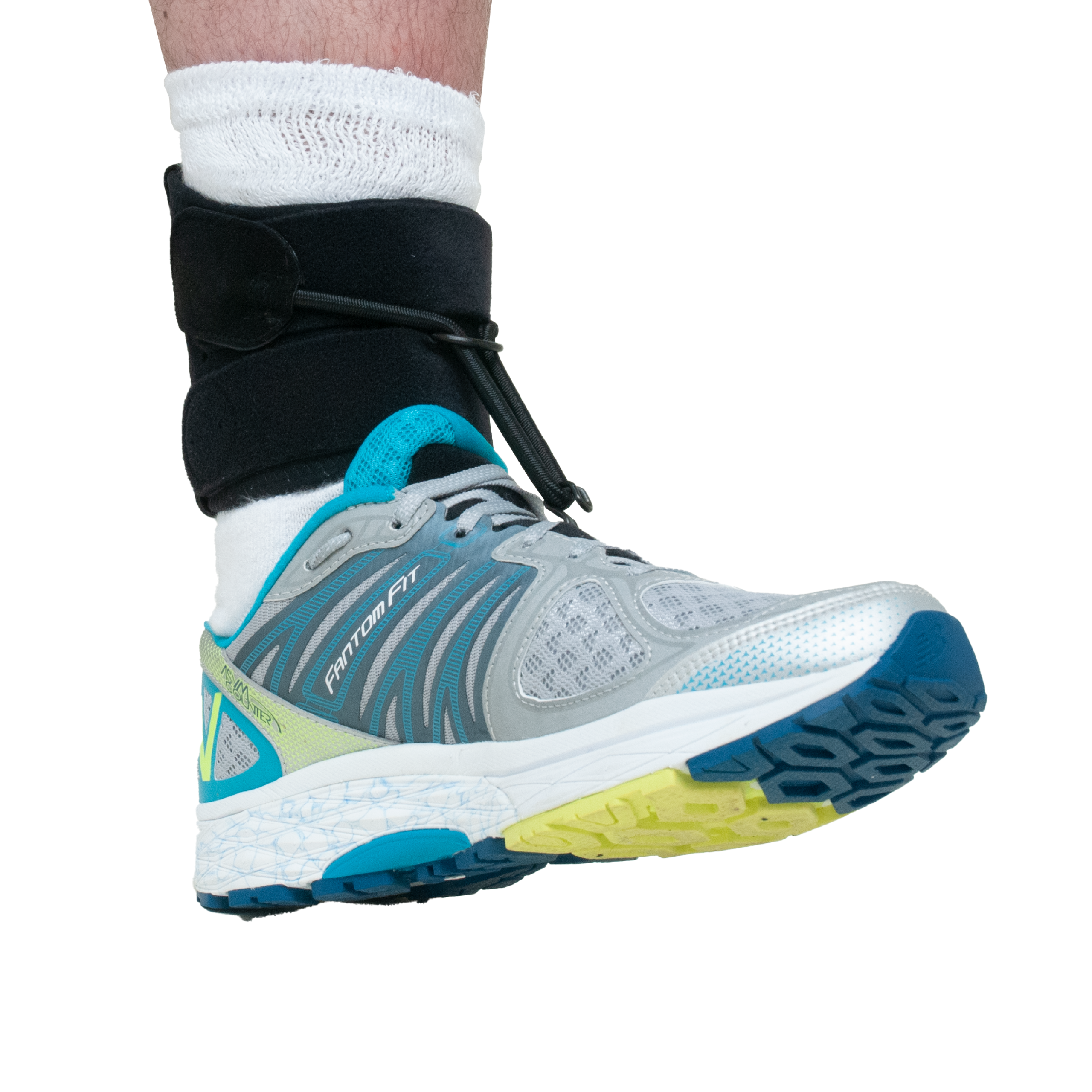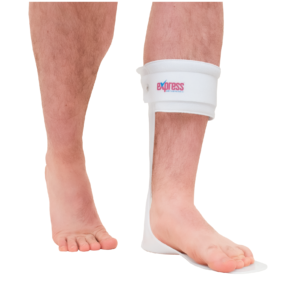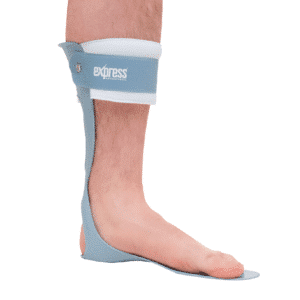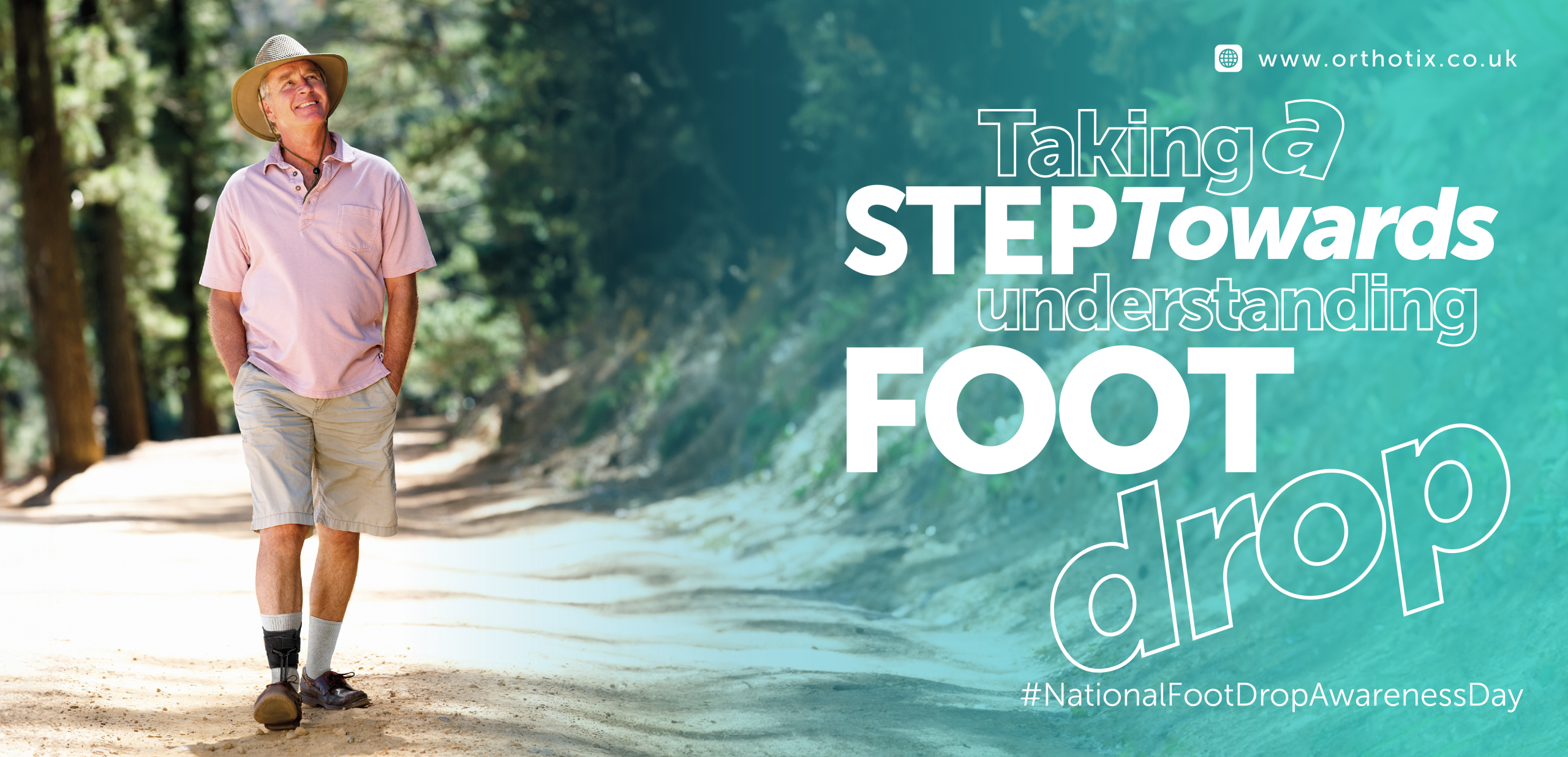
Every year on the 22nd of September, we observe National Foot Drop Awareness Day to shed light on a condition that affects countless individuals worldwide. Foot Drop, also known as Drop Foot, can have a significant impact on a person’s mobility and quality of life. In this blog, we’ll explore what Foot Drop is, its early signs, what happens after diagnosis, its symptoms, and some positive statistics that offer hope and inspiration.
What is Foot Drop?
Foot Drop is a medical condition characterised by the inability to pick the foot up, leading to dragging the toes whilst walking. It occurs due to the impairment of the muscles and nerves that control foot movement. The most common causes of Foot Drop include nerve damage, muscular disorders, spinal cord injuries as well as neurological conditions such as strokes and motor neurone disease.
Early signs of Foot Drop:
Recognising the early signs of Foot Drop is crucial for timely intervention. Some common indicators include:
-
Tripping or stumbling whilst walking.
-
Difficulty in lifting the front of the foot, causing it to drag on the ground.
-
A sensation of weakness or numbness in the leg or foot.
-
Pain or discomfort in the leg, ankle, or foot.
What happens once diagnosed with Foot Drop?
Once diagnosed with Foot Drop, a medical professional will determine the underlying cause and recommend an appropriate treatment plan. Treatment options may include:
- Physical therapy to strengthen the affected muscles.
- Orthotic devices such as braces or splints to support the foot and ankle.
- Assistive devices like canes or walkers to improve stability and balance.
- Nerve stimulation or surgery in severe cases.
Symptoms of Foot Drop:
Foot Drop can manifest with various symptoms, which may vary in severity from person to person. Some common symptoms include:
- Inability to dorsiflex the foot (Ability to lift the foot upwards towards the shin).
- Altered gait pattern, such as a high-stepping gait to compensate for foot drop.
- Muscle weakness or atrophy in the affected leg.
- Reduced sensation or tingling in the foot or leg.
- Difficulty performing daily activities like climbing stairs or walking long distances.
Positive Foot Drop Statistics:
Whilst Foot Drop can be challenging, there are positive statistics that offer hope:
- Treatment Success: Many individuals with Foot Drop respond well to treatment, particularly physical therapy, and orthotic devices, regaining significant mobility and independence.
- Medical Innovation: Ongoing advancements in medical technology and surgical procedures offer new hope for those with severe cases of Foot Drop.
- Awareness and Support: National Foot Drop Awareness Day serves as a platform to raise awareness, promote research, and foster support networks for individuals and their families affected by this condition.
What can we offer?
At Orthotix, we understand the struggles people who suffer with Foot Drop go through daily. That is why we offer a wide selection of products specifically designed to assist with Foot Drop.
Products include:
- Boxia®: A UK leading orthosis for discreet treatment of Foot Drop. Its innovative, lightweight, and comfortable design provides vital foot clearance during the swing phase, thus reducing the risk of tripping.
- StepUp®: Developed by our very own team of healthcare professionals, the StepUp® is an ultra-discreet dynamic device that is simplistic in design and easily accommodated in footwear. Utilising soft fabric and touch-and-close fastenings. It maintains a low-profile that is easy to don/doff.
- AFX: A low-profile prefabricated leaf spring design that provides plantarflexion resistance. This AFO that provides dorsiflexion assistance. Constructed from injection moulded polypropylene with a carbon fibre composite for reinforced strength which maintains a neutral foot position to limit the risk of trips and falls. Available in a light version and an extra version.
- CAFO: A reinforced carbon fibre device that is preset in dorsiflexion to ensure the foot is positioned in an optimal position to limit foot drop. Lightweight and slim line, the device has a medial strut with built in arch support for improved fit and comfort whilst also providing mild mediolateral support.
National Foot Drop Awareness Day reminds us of the importance of early detection, proper management, and support for those living with Foot Drop. By understanding the condition and its symptoms, we can take steps toward improving the quality of life for individuals affected by Foot Drop and work towards a future where mobility limitations are minimised. Together, we can make a positive impact and provide hope to those facing this challenging condition.
Our Orthotix clinic offer multi-disciplinary consultations for the whole body and have a wealth of knowledge in the orthopaedic and sporting field, with partners such as Cardiff City Football Club, Wales Netball, Disability Sport Wales, and include exclusive affiliations with medal winning Para-athletes Aled Davies (OBE) and Harrison Walsh.
You can browse our whole range of Foot Drop products over on our website. Simply search product name or ‘Foot Drop’ in the navigation bar and then watch all the product pop up for you to browse.
To enquire about appointments or to discuss any orthotic requirements contact [email protected]
